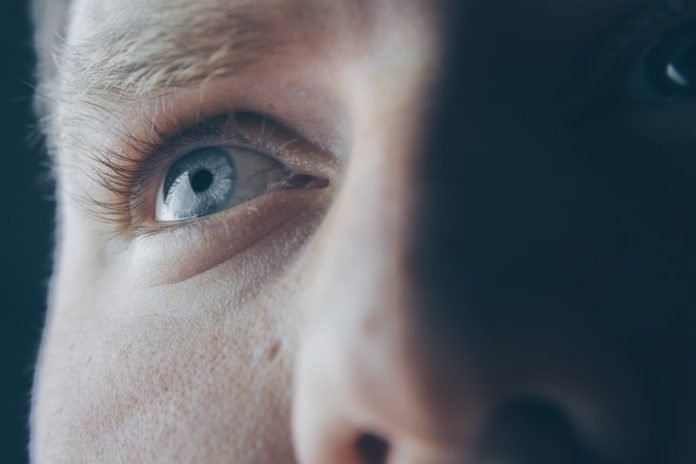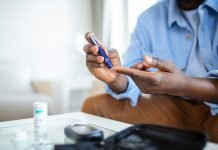
In a recent study from the University of Exeter, researchers found that specialist analysis of the lens in the eye can predict patients with type 2 diabetes and prediabetes.
They showed that measuring the level of autofluorescence in the lens of the eye can predict who will develop type 2 diabetes in the future, and prediabetes, caused by impaired glucose tolerance.
Prediabetes often leads to the development of type 2 diabetes.
Other studies have shown that there can be a lag of up to ten years between the onset of type 2 diabetes and diagnosis, so earlier detection and timely intervention could help prevent complications.
In the study, the team used a newly developed biomicroscope that can detect advanced glycation end-products (AGEs) in the eye via a simple scan.
The increased level of AGEs in the body contributes to the development of many diseases, including complications of diabetes such as retinopathy (eye nerve damage) and neuropathy (general nerve damage).
The new biomicroscope focuses a beam of blue light onto the lens non-invasively and measures the autoflouresence in the reflected green light, which provides a measure of the level of AGEs.
In this study, 20 people with type 2 diabetes, 20 people with prediabetes and 20 healthy people underwent comprehensive medical assessments including measurement of lens autofluorescence by using the biomicroscope.
The team found a big increase in AGE levels in the eyes of people with type 2 diabetes.
It also showed an increase in levels in people with prediabetes, meaning this could be a robust way to measure those who may go on to develop diabetes in the future.
The results showed the lens autofluorescence is much greater in patients with prediabetes and type 2 diabetes. The level of AGE products was correlated with the levels of blood sugar.
The team says lens autofluorescence could be a robust marker of long-term diabetes control predicting future complication risks.
This supports the feasibility of non-invasive lens autofluorescence to screen people for undiagnosed type 2 diabetes and prediabetes.
If you care about diabetes, please read studies about these 2 foods linked to diabetes, stroke and heart disease and findings of this common food ingredient may raise risk for obesity and diabetes.
For more information about diabetes and your health, please see recent studies about this essential nutrient may lower risk of type 2 diabetes and results showing that this eating habit may help lose weight, preventing type 2 diabetes.
The study was presented at the meeting of the European Association for the Study of Diabetes. One author of the study is Dr Mitra Tavakoli.
Copyright © 2021 Knowridge Science Report. All rights reserved.




